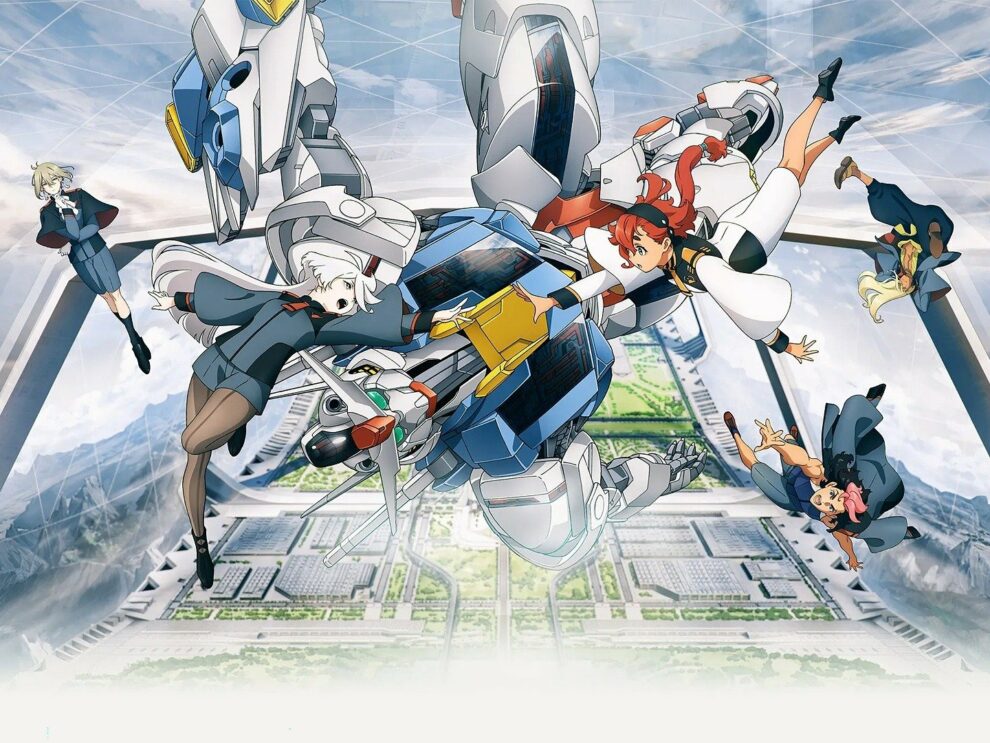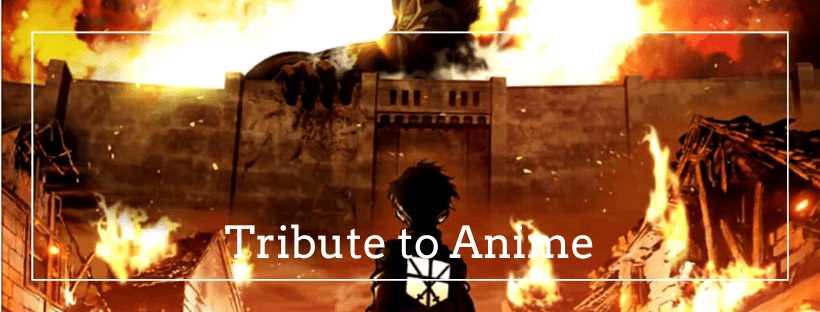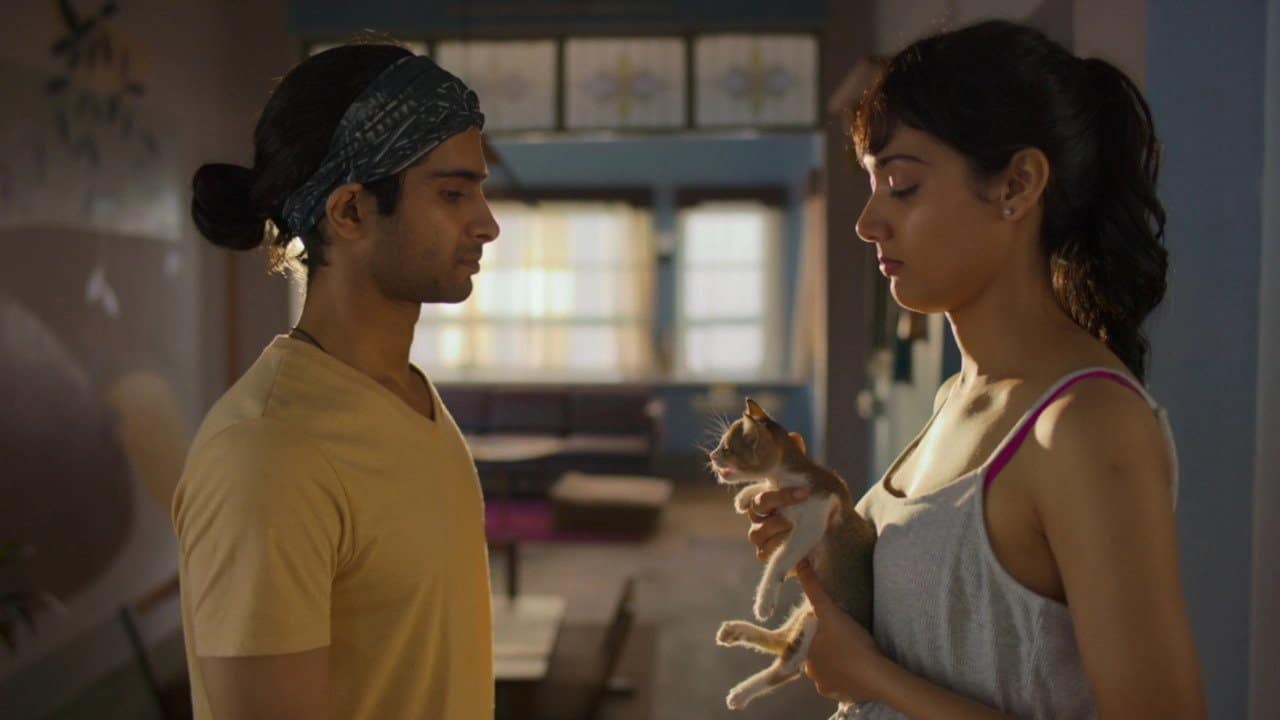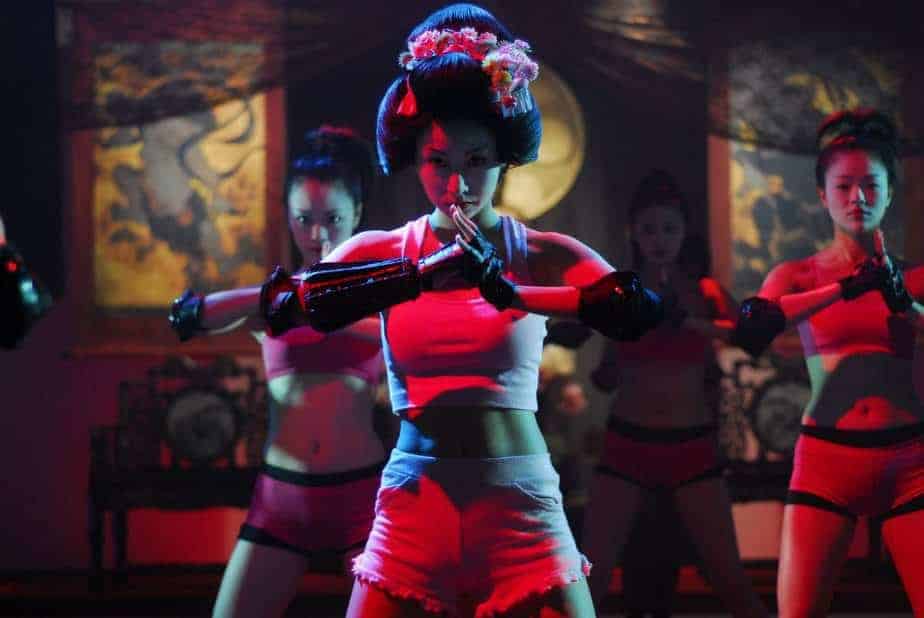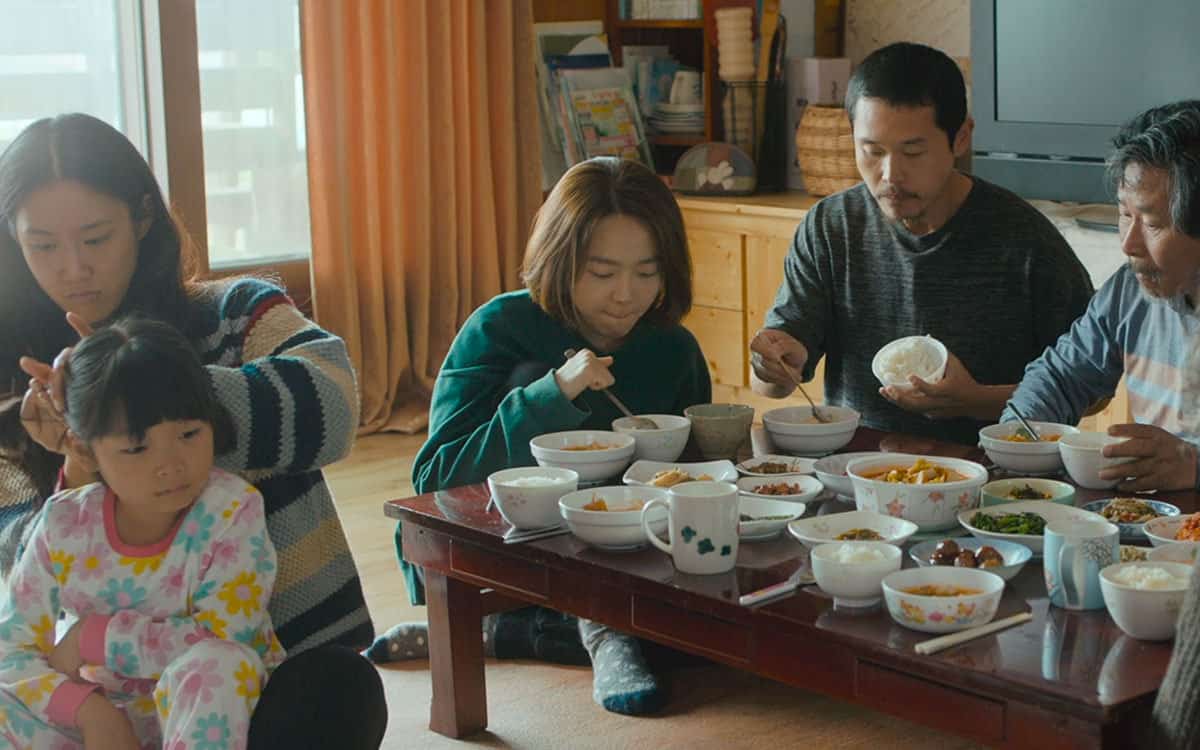Marking the 15th mainline entry in Sunrise's Gundam franchise, the “Witch from Mercury” also marks the first to air during Reiwa era the first mainline production in seven years since Mobile Suit Gundam: Iron-Blooded Orphans, and the first TV series in the franchise to feature a female protagonist.
Watch This Title on Crunchyroll
by clicking on the image below
The series is set in the new calendar system dubbed Ad Stella (AS). In this timeline, humanity has advanced into space yet a conflict occurred that caused a split between the inhabitants of space colonies, also called “Spacians” and the Earth-born “Earthians”, with a vast economic inequality between the two. These conflicts revolved around the material named Permet, which was mined due to its information-linking properties and various technologies have been developed by mixing Permet with other materials or propellant for control purposes which includes Mobile Suit development. Several megacorporations are established in this timeline which all focus on the development of technology for Spacians but were also the ones who caused this very divide socially and politically between them and the Earthians.
Furthermore, and as the intro episode shows, the Gundam technology is now is now called “GUND” and is implemented by the Vanadis Institute for medical reasons, to enable the human nervous system to control artificial appendices and organs and thus allow humans to survive in space. However, the technology was eventually misused for military reasons, to enhance pilot capabilities, in an effort, though, that ended with many crippled or even killed. Council member Delling Rembran deployed the special forces team Dominicus to destroy the Vanadis research facility Fólkvangr, killing everyone aboard to erase all traces of the technology. Only two people survived: mobile suit test pilot Elnora Samaya and her four-year-old daughter Ericht Samaya. In the aftermath, those responsible for the development of the GUND Format were ostracized, and because the team consisted primarily of women, they became known as “witches”.
In Ad Stella 122, 21 years after the Vanadis incident, Suletta Mercury transfers from Mercury to the Asticassia School of Technology, an academic institute run by the megacorporation Benerit Group. Upon arrival, she encounters a girl escaping the institute, Miorine Rembran, who wants to avoid the control of her father and an arranged marriage with the son of another mogul, Guel. As the paths of the girls cross in the academy with different ambitions and goals, Suletta will have to prove her worth as a pilot as she steps into the academy alongside the Gundam Aerial, a mobile suit built with forbidden GUND Format technology. At the same time, her mother, Elnora tries to convince the school board and the council that Aerial is not a Gundam and Suletta is not a witch. At the same time, a number of other complications seem to take place in the background while the school is also a setting where teenagers get to be teenagers, but their games are much more dangerous and violent.
The series begins as another space adventure, with the usual sociopolitical implications the franchise always boasted, but from the moment Suletta becomes the focus it changes to something completely different, a high school drama where the mechas are actually means to various ends instead of the main focus. In that fashion, episode one (the prologue is mentioned as episode 0) sets the tone for the rest of the first season in the most eloquent fashion. Suletta is forced into a mecha duel, which is the way all conflict among students are settled in the academy, and surprisingly wins, in probably the most repeated motif here. Secondly, the duels and the hierarchy that results from them shows that the School is also the battleground for various Mobile Suit manufacturers, who actually use their children to highlight their prowess, even if the concept is not exactly advertised.
The third aspect, which is what makes the difference here, is that Suletta and Miorine end up being betrothed, in a notion unprecedented for the series, which actually carries on until the end of the season, when it actually becomes more intense. The fact that people comment on it but accept it, as in the case of Suletta's mother, Prospear, who states that Mercury is still conservative in a subtle but also hidden accusation against people who are shocked till this day from LGBTQ concepts, works excellently for the narrative, also due to the excellent chemistry between the two protagonists. The fact that Miorine is the one helping Suletta learn the ways of her new world but it is the latter who is the ultra strong fighter who ends up solving all the problems that arise through the duels, creates an impressive resonance between the two. It is this aspect that elevates a series that is also intently a teenage/school drama for the majority of the first season, and the one that breaks the repetition of the “friendly” battles, which does become monotonous after a fashion.
Also of note is the way the contextual background is set in the series, in a quite interesting, multileveled fashion. The concept of using Gundam technology for medical reasons, which ends up being implemented for military purposes is a central one, essentially remarking on the uses of technology, and how it is people who misuse it and not the fault of the technology itself. The combination of corporatism and elitism that seems to dominate the school both in the fore and the background is another comment about the particular world of the rich, most of which are portrayed as people always willing to attack each other in the face of profit, even using their children in the process. Greed emerges as a main element of the story as such, while elitism and the way Spacians look down on Earthians is highlighted as one of the main sources of racism, which, inevitably, leads to violence, with Chuchu, an Earth girl who reluctantly becomes a comrade of the protagonists, highlighting the concept in the best fashion. Lastly, the aforementioned are encompassed by a comment on family, with the lack of parenting that even extends to the exploitation of children making a rather pointed remark about the previous generation, which is actually prevalent all over Japanese cinema.
The last episodes of the season change setting and move into space, with the whole approach of the series changing to a much more appealing one, as the kids are forced to become grown ups, with the concept of war is hanging above their heads. In one of the side stories, we also stumble upon a true tragedy between a son and a father, which provides a shocking development since the latter was one of the main villains that far. In general, however, the school seemed to function as an intro for what was about to happen in space, while the action finally becomes serious. Lastly, the question of how Elnora Samaya and her daughter Ericht, became Prospera and Suletta years later, and if we are actually talking about the same people also hangs above the storyline, adding a very appealing element of mystery.
Marie Tagashira, Hirotoshi Takaya and Juri Toida's character design is one of the best traits of the series, with the variety in the appearance of the plethora of characters being impressive. The three girls, Suletta, Marine and Chuchu are definitely the ones that stand out, with the episode when the makers of the series have them in formal dresses, almost completely changing their appearance, also working quite well. Guel and Shaddiq are the most appealing among the men, with the same actually applying to their storylines. The animation by Sunrise is always top notch, with the movement of the characters during the “calm” scenes and the Gundam battles being truly top notch. The fact that the space setting changes the approach of the action completely also highlights the work done in the particular department. Lastly, the details of the background is excellent, with the tomatoes definitely staying on mind, while the bright coloring, which again changes in space, fits quite well with the highschool aesthetics.
Despite the intricacy of the context of the background, the repetition of the duels and the school drama approach do suffer somewhat, essentially being the ones that bring the season to a lower level than titles of the past. At the same time, though, the contextual intricacy and the fact that the last episodes change the setting completely, also switching the slight comedy for drama make “Gundam Witch of Mercury” another mecha anime that is definitely worth watching, for reasons beyond its usual technical prowess.


